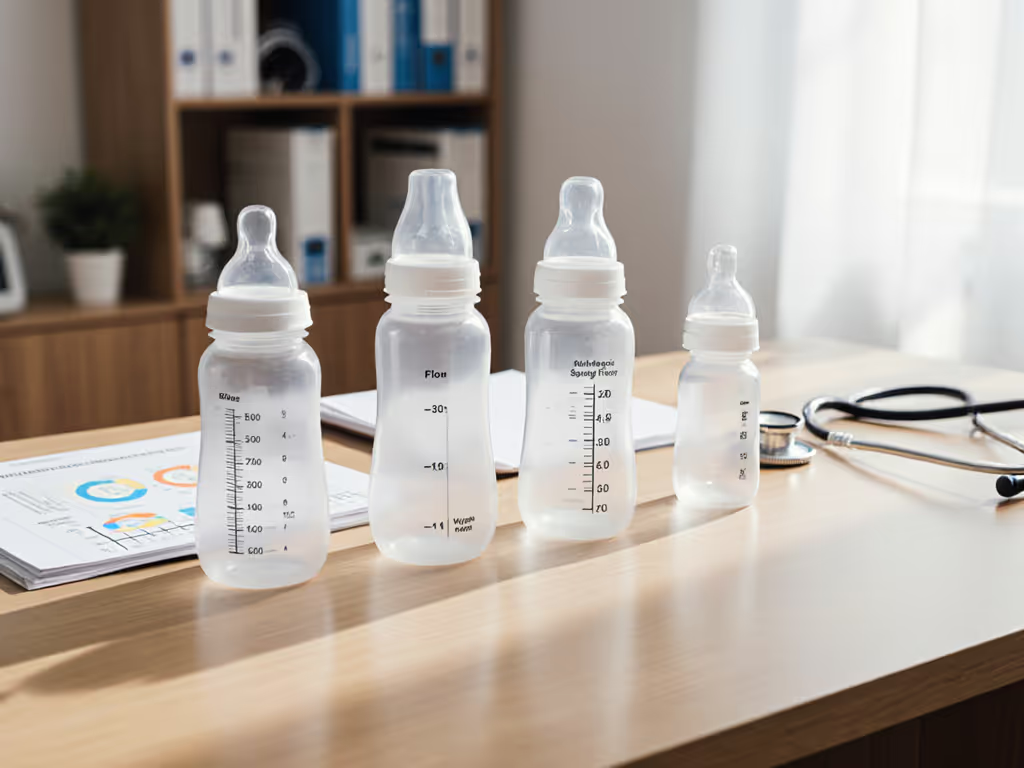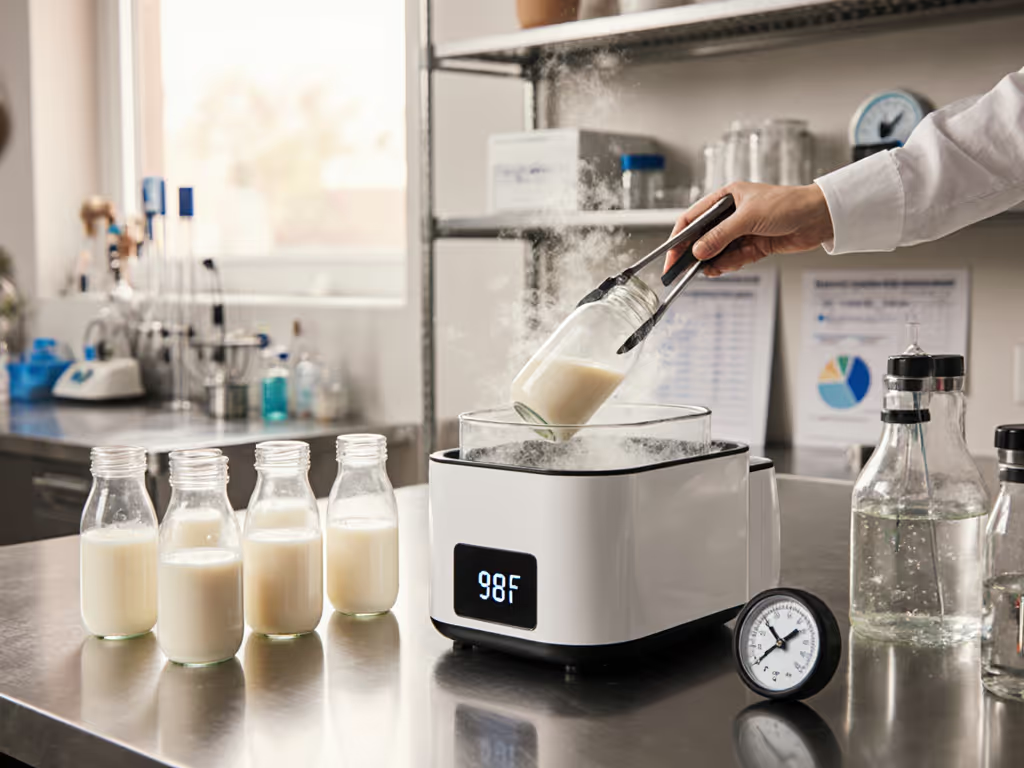
International Baby Bottles: Flow & Comfort Tested for US Parents
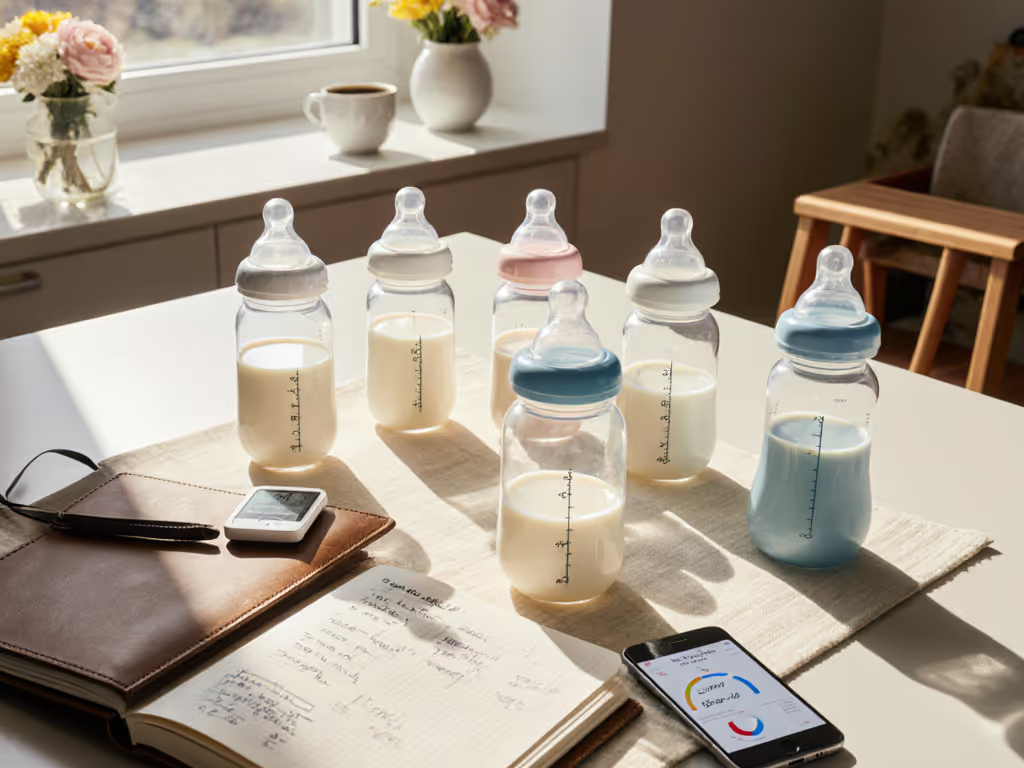
Navigating the global landscape of baby bottles can feel overwhelming for American parents seeking the perfect feeding solution. While domestic brands dominate US shelves, international bottle brands are gaining traction for their innovative approaches to comfort and flow. What if I told you that the secret to bottle acceptance isn't in the brand name or marketing claims, but in subtle comfort cues that babies express during feeding? As parents search for solutions that bridge the gap between breastfeeding and bottle feeding, understanding these international options through the lens of comfort rather than convenience becomes essential. Today, we'll explore how different bottle designs from around the world respond to baby's innate feeding rhythms, with emphasis on observable acceptance cues rather than marketing promises.
Why Flow Confusion Happens Across Borders
In the US market, parents often encounter inconsistent labeling where "slow flow" might mean something completely different from one brand to another. This isn't merely a nuisance; it can cause real feeding disruptions as babies cough, choke, or fall asleep mid-feed due to mismatched flow rates. What many parents don't realize is that flow labeling standards vary significantly by region.
European and Asian bottle manufacturers frequently approach flow design from a different perspective than American brands. Their nipple geometry often reflects local feeding practices and research on infant oral development. When I observed two babies in a toddler room taking identical bottles differently (one relaxing only with a wider latch angle and slower flow, the other needing a narrower teat and faster pace), I understood that comfort cues predict acceptance more reliably than regional marketing claims.
The Hidden Language of Latch Angles
Babies communicate their comfort through subtle physical cues that many parents miss during the stress of feeding transitions:
- Cheek dimpling during sucking (indicates vacuum pressure is too high)
- Frequent breaking of seal (suggests nipple shape doesn't match oral cavity)
- Hand pushing on bottle (often means flow is too fast)
- Relaxed jaw movement (indicates optimal flow synchronization)
Rather than chasing "best bottle" lists, watch for these observable signs during feeding. When a baby's cheeks remain full (not indented), their jaw moves rhythmically without tension, and they self-regulate by breaking the seal when satisfied, these are reliable indicators of appropriate flow and geometry.
Asian Bottle Designs: Why They're Gaining US Traction
Asian bottle designs, particularly Japanese and Korean brands, have gained popularity among US parents seeking solutions for breastfeeding-to-bottle transitions. These designs often incorporate principles of infant physiology that differ from Western approaches.
The Comotomo Bottle Feeding Approach
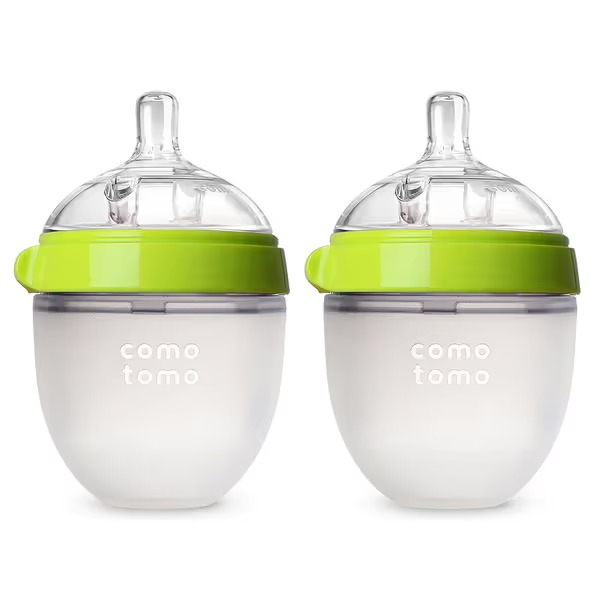
Comotomo Baby Bottle Double Pack
The Comotomo silicone bottle represents a revolutionary Asian design philosophy focused on mimicking natural breastfeeding mechanics. Unlike traditional narrow-neck bottles, Comotomo's wide mound design accommodates the baby's natural latch where the nipple rests against the hard palate (not just the gums).
What sets this approach apart is how it handles air flow. Many parents report success with feeding using Comotomo bottles because the dual vent system creates a more natural negative-positive pressure exchange similar to breastfeeding. This reduces the air ingestion that leads to gas and fussiness.
Comfort first, then compatibility; calmer feeds shape better habits.
In practice, this means watching for smoother transitions between sucking and swallowing with less gulping. The soft silicone material provides tactile feedback that helps babies maintain their natural feeding rhythm without the rigid structure of plastic bottles.
MAM's Austrian Innovation
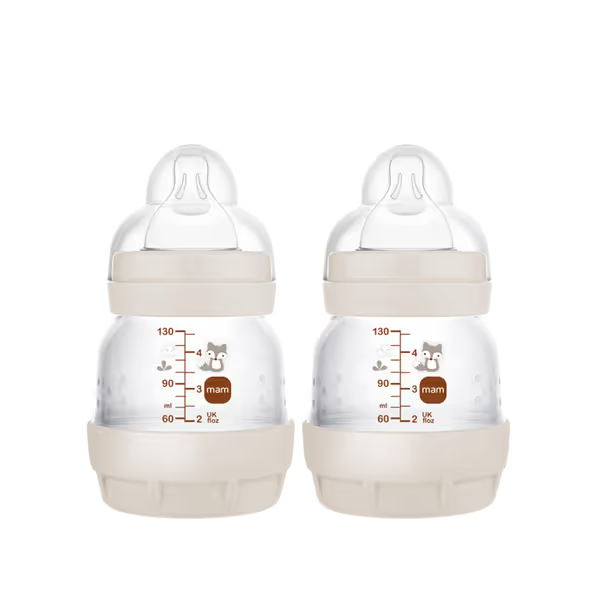
MAM Easy Start Anti-Colic Bottle
When examining MAM bottle reviews from US parents, a consistent theme emerges: the vented base system addresses a fundamental issue many babies face: air pocket formation during feeds. Unlike traditional vent systems placed in the nipple collar, MAM's base design creates a more natural flow pattern that mimics how milk expresses from the breast.
What American parents specifically appreciate about this Austrian design is how it accommodates different feeding positions without compromising flow. The bottle doesn't need to be held at a specific angle for proper function, which reduces caregiver strain during those frequent nighttime feeds.
The self-sterilizing feature (simply add water and microwave for 3 minutes) solves a major pain point for sleep-deprived parents: sterilization without extra equipment. For the US market, this convenience factor makes MAM bottles particularly appealing despite their premium price point.
Global Brand Comparison Through Comfort Cues
Rather than ranking bottles by popularity, let's examine them through the lens of observable comfort indicators. This approach aligns with my core principle that comfort cues predict acceptance better than labels or marketing tiers.
Three Key Comfort Indicators to Watch
When testing any bottle, focus on these three observable factors:
- Cheek symmetry during sucking - Are cheeks full and rounded, or indented?
- Indicates: Proper flow rate and vacuum management
- Jaw movement pattern - Is it rhythmic and relaxed, or tense and jerky?
- Indicates: Nipple geometry matching baby's oral cavity
- Self-regulation behavior - Does baby naturally break the seal when satisfied?
- Indicates: Appropriate flow synchronization with baby's natural pace
These observable cues matter more than "best for breastfed babies" labels that appear on many bottles. Each baby has unique oral anatomy and feeding preferences that transcend marketing categories.
NUK's European Approach to Flow Dynamics
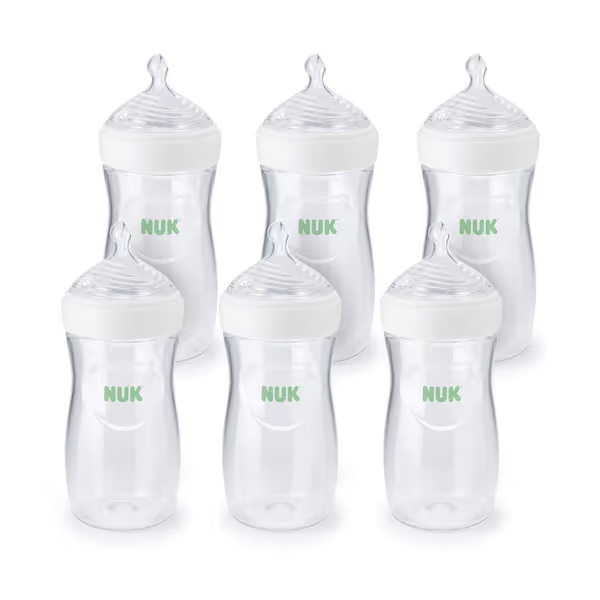
NUK Simply Natural Baby Bottle with SafeTemp
NUK's European design philosophy centers around multi-hole nipple technology that creates variable flow patterns similar to how milk expresses from the breast. This differs significantly from the single-hole "slow/medium/fast" system common in American brands.
The SafeTemp indicator offers a practical benefit for US parents concerned about milk temperature consistency, but the real innovation lies in the nipple design. With up to 9 holes depending on flow rate, NUK bottles create a more natural negative-positive pressure exchange that mimics breastfeeding more closely.
Watch for reduced air swallowing during feeds with this design. Babies often show less fussiness and gas when the pressure dynamics better match their natural feeding physiology.
Single-Change Experiments for Precision Testing
Rather than switching entire bottle systems when problems arise, try these single-variable experiments that align with observed comfort cues:
If Baby Shows Cheek Dimpling:
- Try this: Add 10-15mL of expressed milk to the bottle before feeding
- Why it works: Creates initial positive pressure that reduces the vacuum baby must overcome
- Observe for: Fuller cheeks during initial sucking motions
If Baby Frequently Breaks the Seal:
- Try this: Warm the nipple slightly with your fingers before offering
- Why it works: Softens silicone for easier latch without altering flow rate
- Observe for: Longer periods of continuous sucking without breaking seal
If Baby Seems to Choke or Gulp:
- Try this: Hold the bottle horizontally rather than tilted
- Why it works: Allows baby to control flow rate through suction strength
- Observe for: More rhythmic swallowing patterns without gulping
Caregiver Comfort: The Overlooked Factor
When we focus exclusively on baby's needs, we often neglect how bottle design affects the person feeding. Caregiver comfort directly impacts feeding success; tired hands lead to inconsistent positioning, which creates flow problems.
Ergonomic Design Considerations
- Bottle weight distribution: Heavier bases (like glass bottles) can cause wrist strain during extended feeds
- Grip texture: Smooth surfaces become slippery with wet hands
- One-handed operation: Critical for parents feeding while holding baby securely
The Born Free glass bottle offers an interesting case study in balancing material safety with caregiver ergonomics. While the glass construction appeals to parents seeking chemical-free options, the added weight requires more hand strength during feeds.
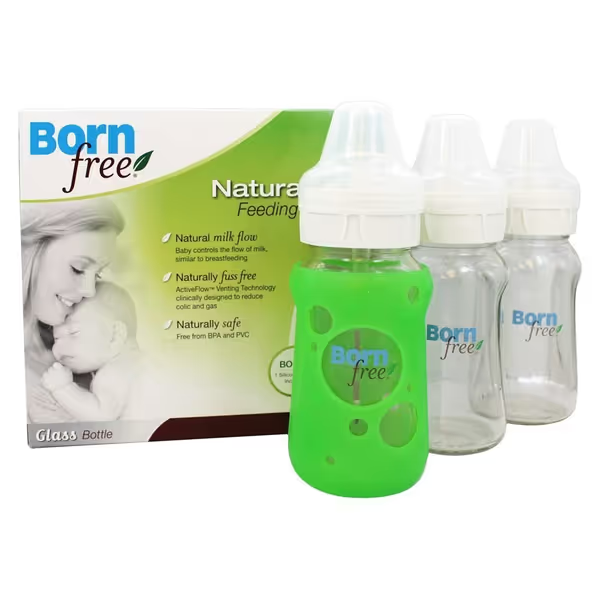
Born Free Premium Glass Bottle (3-Pack)
For parents experiencing wrist fatigue, consider bottles with textured grip areas or silicone sleeves that provide secure handling without excessive grip strength. This small adjustment often makes the difference between a calm, focused feed and a frustrating experience for both baby and caregiver.
Building Your International Bottle Toolkit
Rather than searching for a single "perfect" bottle, create a small toolkit that addresses different feeding scenarios:
Your Starter Kit Should Include:
- One bottle with external venting (like MAM) for everyday use
- One wide-neck silicone bottle (like Comotomo) for breastfeeding transitions
- One variable-flow bottle (like NUK) for growth spurts or changing needs
- One glass bottle (like Born Free) for chemical-free feeding at home
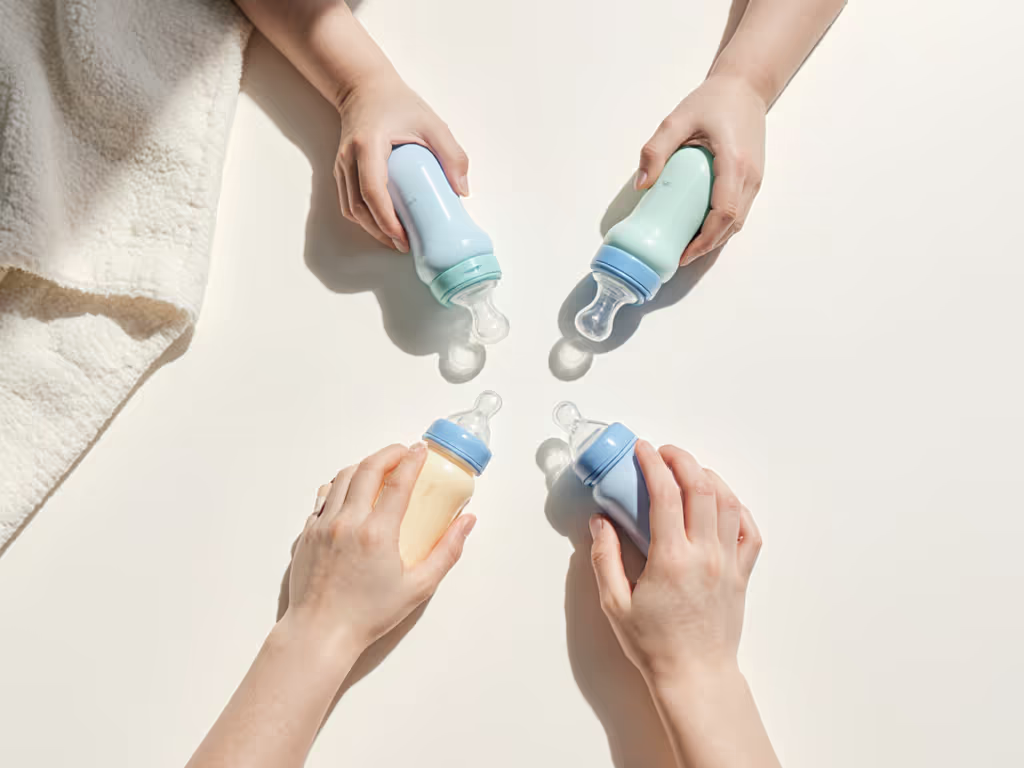
Start with one bottle that addresses your primary concern, then add only what's needed based on observed comfort cues. This approach reduces clutter, saves money, and prevents the sunk-cost guilt of unused bottles gathering dust in your kitchen.
Comfort First, Then Compatibility
The international baby bottle market offers valuable alternatives to standard US options, but success comes not from which bottle you choose, but how you observe and respond to your baby's comfort cues. Remember that even identical bottles can produce different results based on subtle variations in latch angle, flow rate, and feeding position.
Comfort first, then compatibility; calmer feeds shape better habits.
When selecting from global bottle brands, focus less on marketing claims and more on what you observe during feeding. Is your baby's face relaxed? Are they swallowing rhythmically? Do they seem satisfied without excessive gas or fussiness afterward?
Your next step: Conduct one single-variable experiment during your next feeding session. Adjust only one element (bottle angle, pre-warming the nipple, or initial milk volume), and observe how your baby responds. Document what you see, not what you assume. This simple practice builds the observational skills that will serve you well as your baby's feeding needs evolve.
By prioritizing these observable comfort cues over brand promises, you'll create feeding experiences that work for your unique baby, regardless of where the bottle was designed.
Related Articles

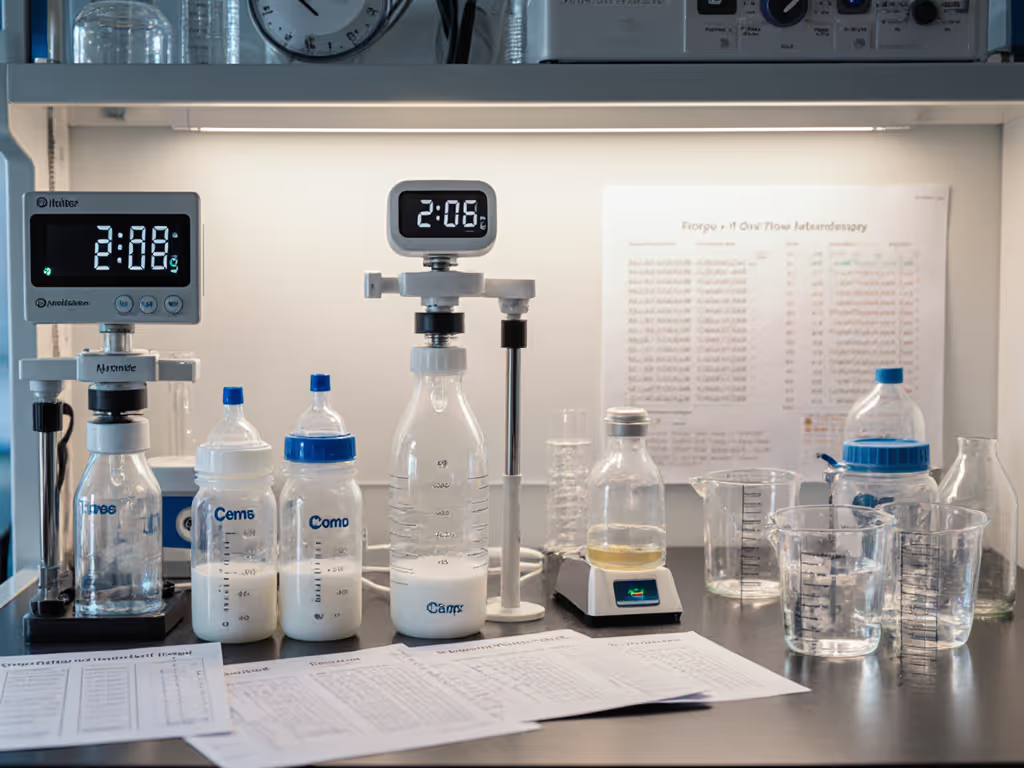
Global Bottle Flow Rates: Lab-Tested Reality Check
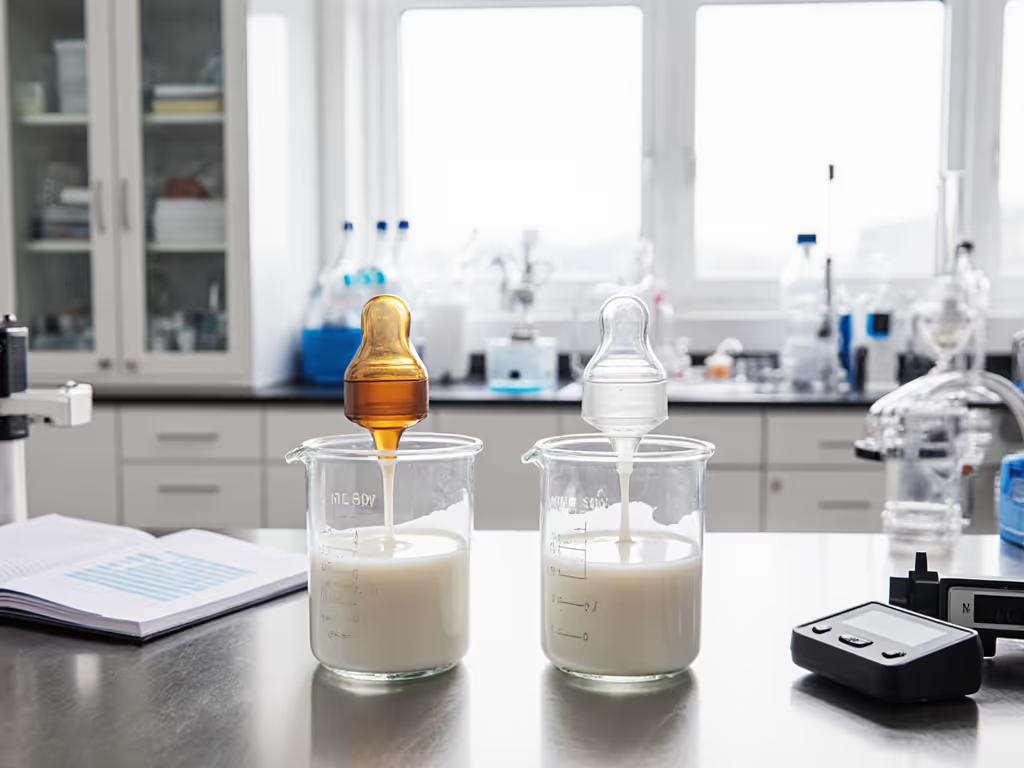
Silicone vs Latex Nipples: Lab-Tested Feeding Performance
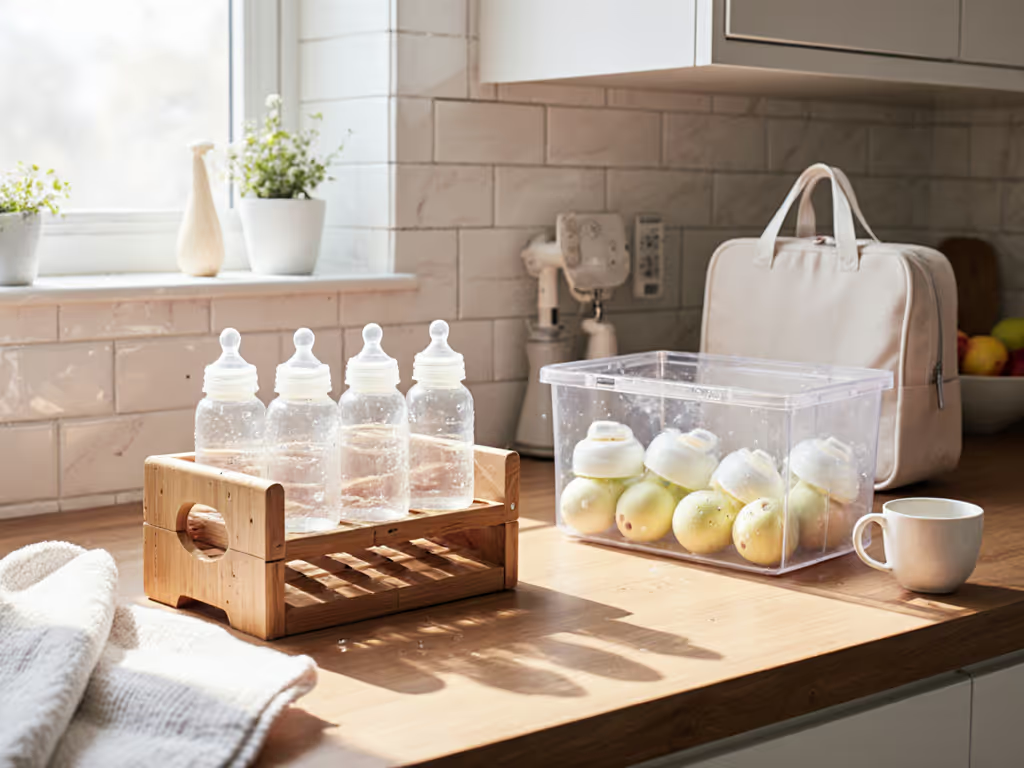
Top Bottle Storage Solutions: Hygiene & Portability Tested
